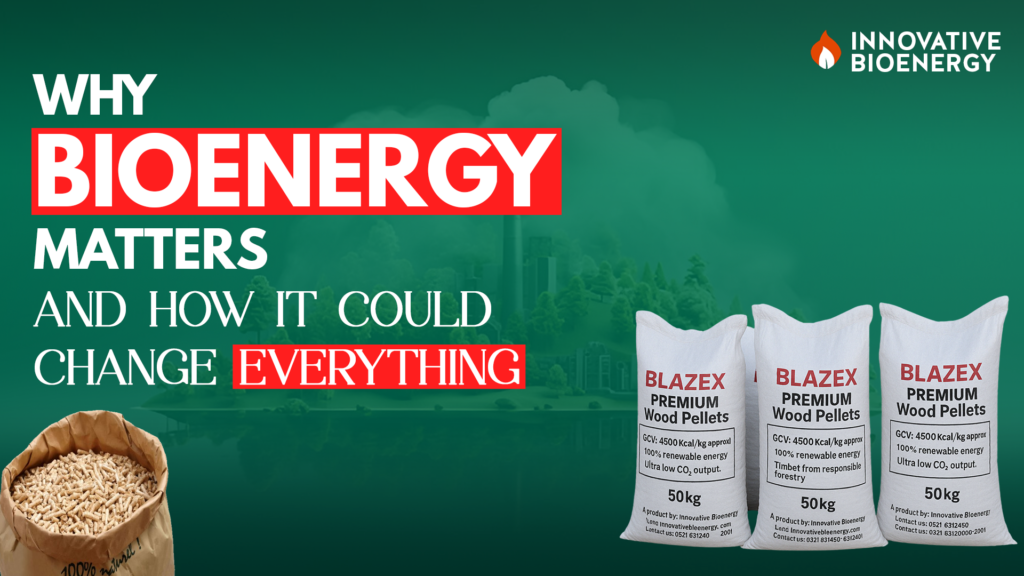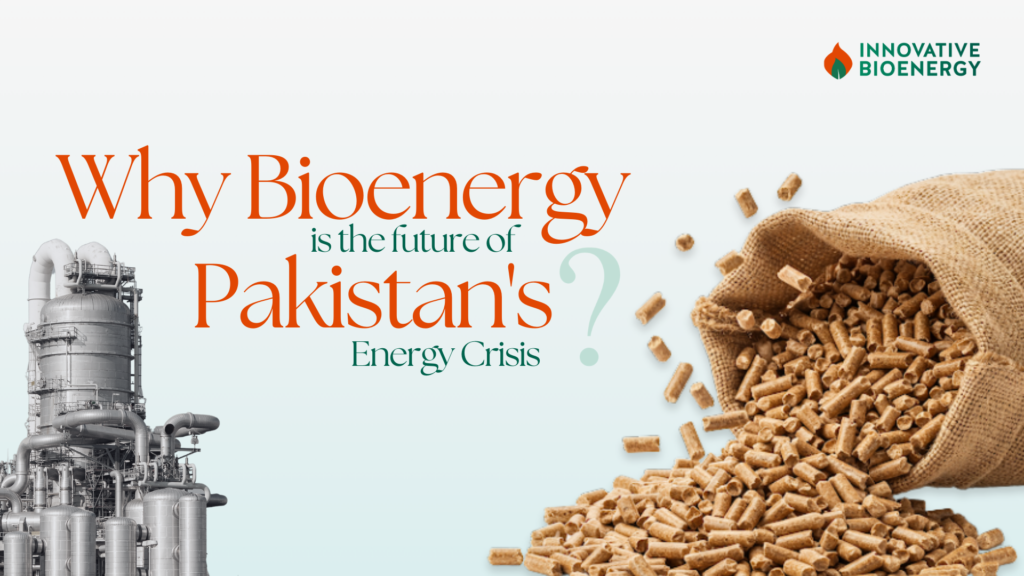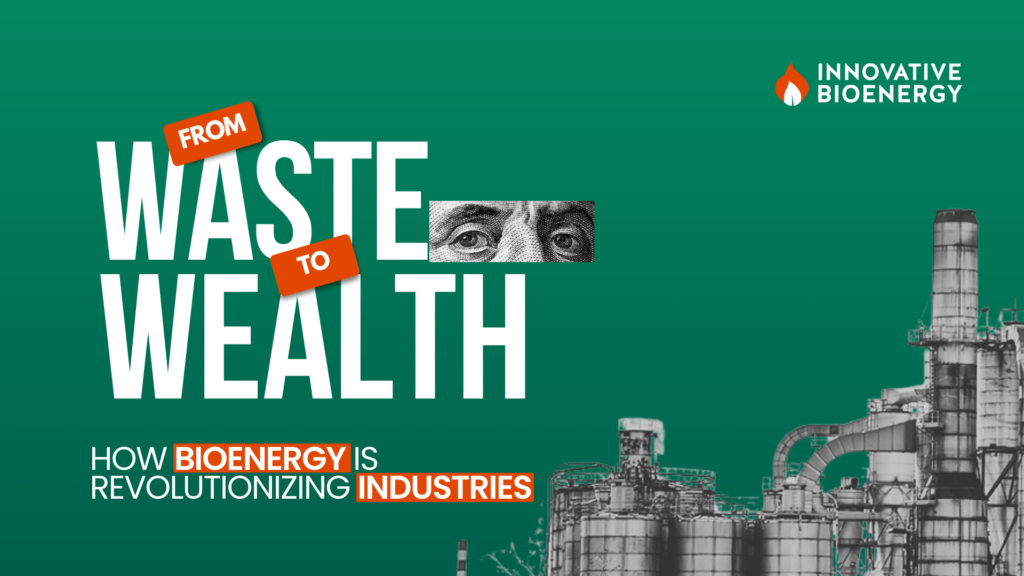In today’s world, the rising demand for energy and the growing threat of climate change have pushed governments, industries, and communities to explore cleaner, more sustainable energy alternatives. The continued reliance on fossil fuels has led to widespread air pollution, increased greenhouse gas emissions, and serious environmental degradation. Non-renewable energy sources, still widely used in industries, transportation, and homes, are not only finite but also harmful to the planet. The urgent need for clean, renewable energy solutions has never been more pressing.
This is where bioenergy comes in, a powerful renewable energy source that combines environmental sustainability with energy efficiency. Derived from biomass, which includes organic materials such as wood, crop residues, animal manure, and algae, bioenergy is playing a growing role in reshaping the global energy landscape by replacing fossil fuels in electricity, heating, and transportation.
How Does Bioenergy Work?
The process begins with collecting biomass from renewable or waste-based sources. This organic material is then converted into biofuels in liquid, gaseous, or solid form through methods such as combustion, fermentation, or gasification. These biofuels can then be used to generate heat, produce electricity, or power vehicles.
In simple terms, bioenergy production captures and releases stored solar energy from organic materials in a usable form.
For example, anaerobic digestion breaks down food waste and animal manure to produce biogas, which can be used for electricity and heating. Ethanol, derived from crops like sugarcane or corn, serves as a cleaner-burning alternative to conventional fuels in the transport sector.
Why Bioenergy Matters for the Environment
Bioenergy is considered a sustainable energy source because it uses materials that are renewable and often categorized as waste. It plays a critical role in reducing carbon emissions, supporting the global energy transition, and promoting efficient waste management. Unlike fossil fuels, bioenergy emits only the carbon previously absorbed by plants during their growth, making it carbon-neutral in many cases.
According to the International Energy Agency (IEA), bioenergy contributes to nearly 55% of all renewable energy, excluding traditional biomass usage, and supplies more than 6% of the world’s total energy demand. Countries such as Sweden and Brazil have successfully integrated bioenergy into their national energy strategies, significantly reducing their reliance on fossil fuels.
Real-World Solutions: The Work of Innovative Bioenergy
One company actively contributing to this energy transformation, turning agricultural and industrial waste into clean, efficient fuel. Through the production of wood pellets and wood briquettes, we offer a practical alternative to fossil fuels, particularly for industries seeking to lower their emissions and reduce dependency on non-renewable sources.
Innovative Bioenergy’s approach combines waste-to-energy innovation with environmental responsibility, helping industries reduce their carbon footprint while promoting circular economy principles. By utilizing waste materials that would otherwise harm the environment, they not only provide renewable energy but also support effective waste management practices.
Our solutions reflect a growing trend where businesses are turning toward bioenergy to meet sustainability goals, cut operational costs, and embrace cleaner production methods. As a local leader in renewable energy, Innovative Bioenergy exemplifies how bioenergy can drive real, scalable impact today, not just in the future.
Case Studies
Sweden has phased out coal in many district heating systems, replacing it with wood-based biomass, leading to a 90% reduction in CO₂ emissions in those regions.
Brazil is a global leader in ethanol production, with the majority of vehicles running on ethanol-petrol blends, dramatically cutting emissions in the transportation sector.
These examples demonstrate that bioenergy is not just an alternative. It is a proven and scalable solution for sustainable development.
The Future of Bioenergy
Innovations in modern bioenergy technologies, such as combined heat and power (CHP) systems, algae-based biofuels, and advanced waste-to-energy conversion, are unlocking new potential. As awareness grows around the low-carbon advantages of bioenergy, industries are increasingly adopting it to support decarbonization, reduce operational costs, and achieve energy independence.
Conclusion
Bioenergy is more than just an alternative, it’s a transformative force in the global transition to sustainable energy. By turning waste into a renewable resource, it addresses multiple challenges at once: reducing emissions, managing waste responsibly, and replacing polluting fossil fuels. It represents a future where industries grow without harming the planet and where innovation and responsibility go hand in hand.
The path to a cleaner, more secure energy future isn’t a distant goal; it’s already being paved by us, and it’s available to any industry willing to take the step. As global climate concerns intensify, the time for action is now.
Contact us today to learn how we can help your business make the sustainable shift.



